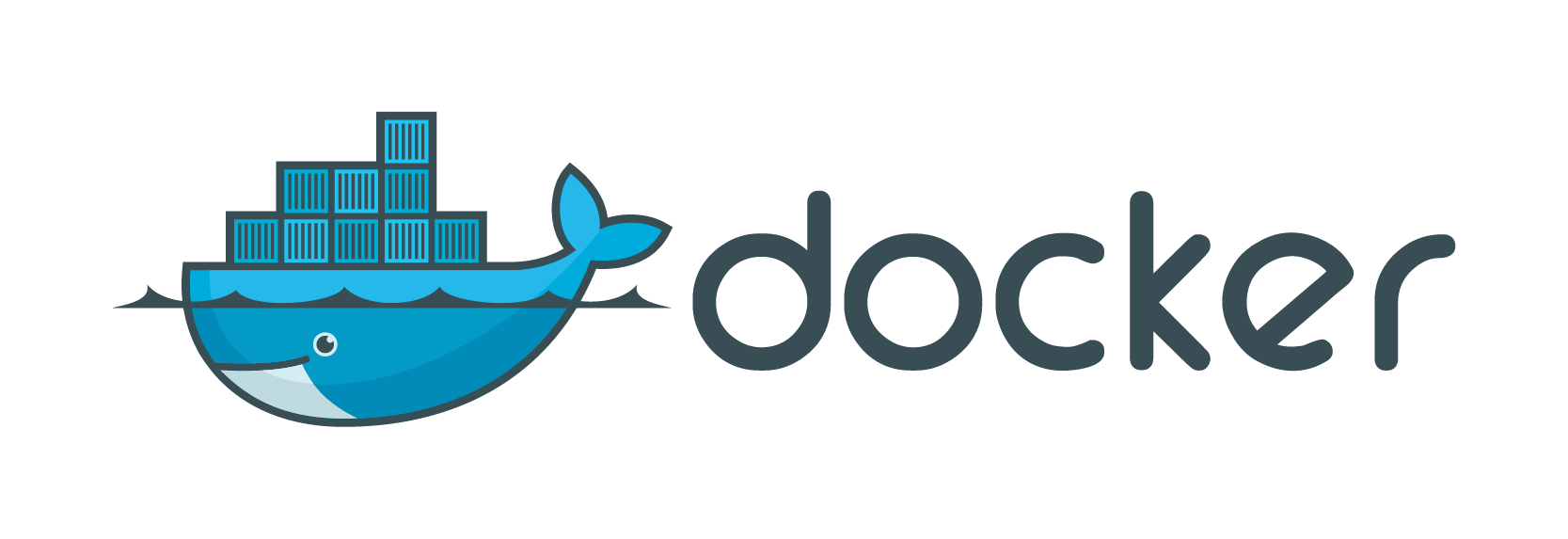Quick guide to Docker

This is a quick introduction to the basic Docker capabilities that might be useful for the most of developers for everyday use.
Intro
Docker is a powerful tool for creating containers (lightweight virtual machines, that use kernel of host OS as their kernel).
Basics
Docker image - is configured image of the container. Docker container is an instance of Docker image.
Creating an image
To create a Docker container you should either:
- pull it from Docker Hub.
- or create it using
docker buildcommand.
To see all images available locally you should issue docker images command.
Pulling an image
Use docker pull [image_name]:[tag] command to fetch an image from Docker Hub.
Tag is used for certain version of an image. By default it’s latest.
Running a container
To run a Docker container you should use docker run [instance] command. It has a lot of flags. The most useful are:
-dwill run container in the background.--name [name]will create the container with certain name.-
-p [host_port]:[container_port]will expose container’s ports to host ports.For example:
docker run -d -p 8080:8080 jenkins -
-e [VARNAME]=[variable_value]will set environmental variable inside the container.For example:
docker run -d --name mysql -e MYSQL_ROOT_PASSWORD=root -p 3306:3306 mysql:5.7 -
-v [your_data_directory]:[directory_inside_container]will mount avolumefor directory in your container.It means that any data in this directory will be kept across container restarts (without volume, it won’t). For example:
docker run -v your_data_directory:/var/data/elasticsearch elasticsearch.You also may use volumes to provide configuration files like this (
:romeans that access to volume is read-only):
docker run -d -p 80:80 -v /some/nginx.conf:/etc/nginx/nginx.conf:ro nginx
Operating containers
To see the list of running containers you may issue docker ps command.
To see all containers available on the machine you should issue docker ps -a.
All following commands accept container ID (or even it’s prefix, for your convenience):
docker start [id]- run existing container.docker pause [id]- pause all processes inside the container.docker stop [id]- stop a running container.docker exec [id] [command]- execute command in container.
To remove image or container you may use:
docker rm [id]- remove container.docker rmi [image_id]- remove image.
To interact with your container withought SSH configured, you may use docker exec -it to run bash command inside the container in interactive mode:
docker exec -it [container_name] /bin/bash
